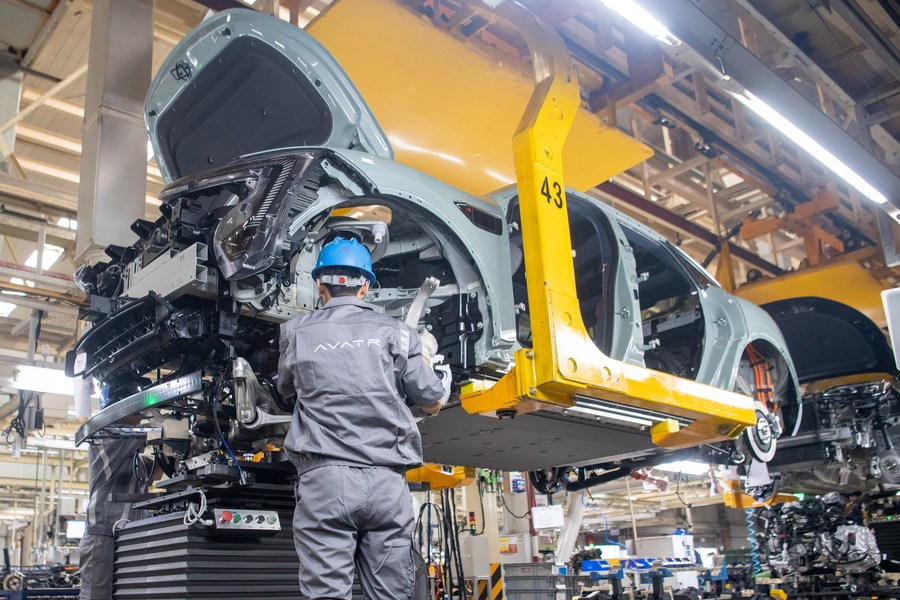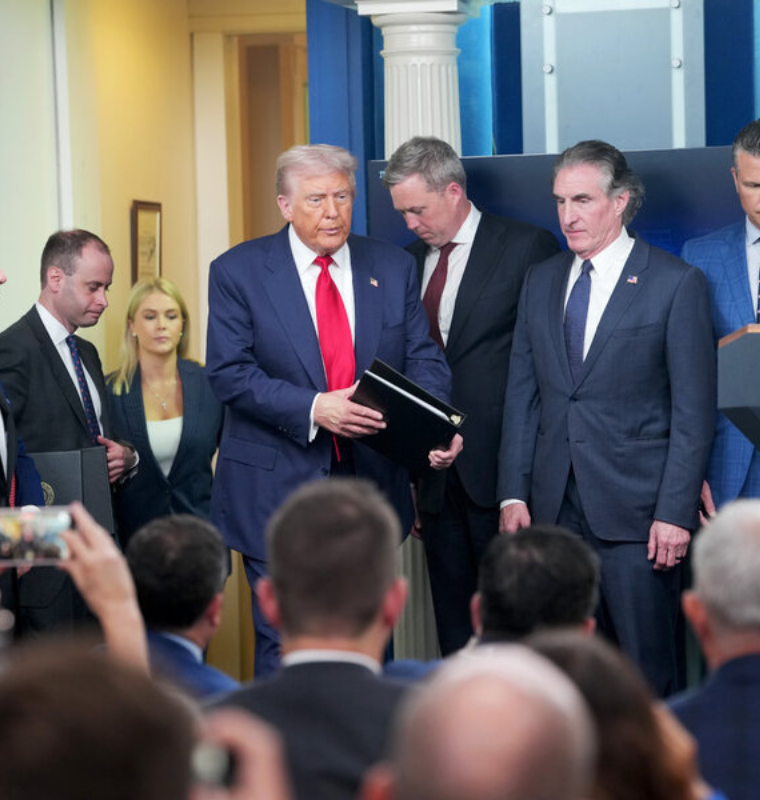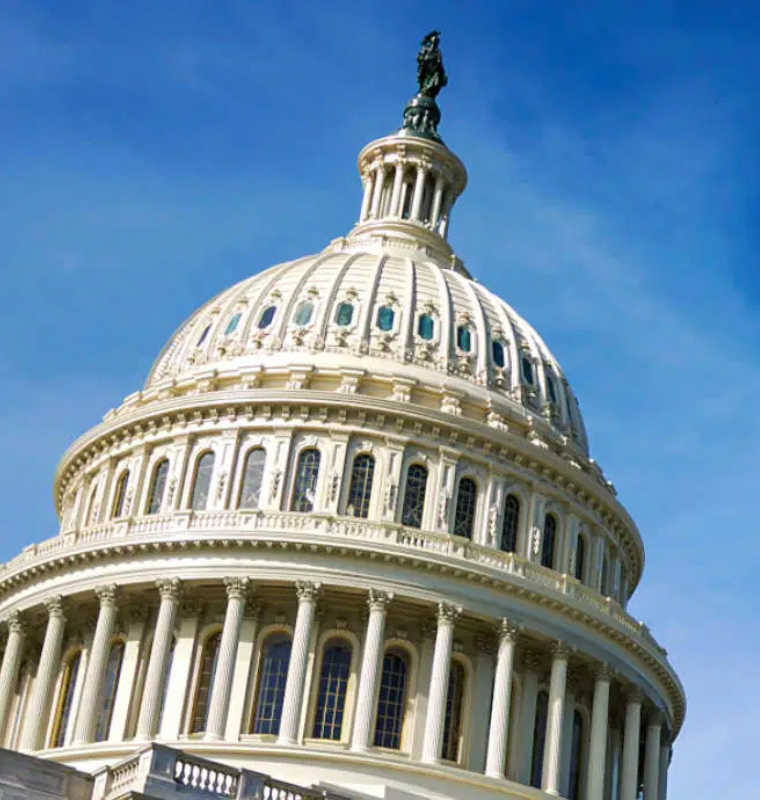China’s Manufacturing Slump Deepens in July as PMI Misses Expectations for Fourth Consecutive Month
China’s Manufacturing Slump Deepens in July as PMI Misses Expectations for Fourth Consecutive Month
By
Calder Monroe
Last updated:
July 31, 2025
First Published:
August 6, 2025

Photo: Xinhua
China’s Manufacturing Sector Faces Prolonged Contraction in July
China’s manufacturing industry continued to lose steam in July, marking the fourth straight month of contraction as the country’s economic rebound struggles to gain momentum. The official Manufacturing Purchasing Managers’ Index (PMI) came in at 49.3, falling short of the 49.7 forecasted in a Reuters poll and remaining below the critical 50-point threshold that separates growth from contraction.
This disappointing figure reflects ongoing challenges for the world’s second-largest economy — including sluggish domestic demand, weather disruptions, and renewed trade friction with the United States.
PMI Below 50 for Fourth Month: A Worrying Trend
The official PMI, compiled by the National Bureau of Statistics (NBS), has remained below 50 since April 2025. This persistent contraction signals sustained pressure on the industrial sector, a vital engine of China's economic activity.
The July figure of 49.3 represents a slight improvement from June’s 49.0 but remains in contraction territory, driven by weakness in employment, new orders, and inventory levels.
- Employment Index: Edged up marginally to 48.0 from 47.9 in June, indicating continued job losses in the sector.
- New Orders Index: Remained soft, suggesting tepid demand both at home and abroad.
- Raw Materials Inventory: Continued to decline, showing manufacturers are cautious about future production.
U.S.-China Trade Tensions Cloud Recovery
China's industrial slowdown is also compounded by deteriorating trade relations with the United States. Since April, both countries have reinstated steep tariffs, exceeding 100% on certain imports, reversing previous efforts at de-escalation.
Although a temporary truce was agreed upon in May — halting further tariff increases for 90 days — recent meetings in Stockholm between Chinese and American officials ended without a resolution or extension, heightening uncertainty. The current truce is set to expire in mid-August, and no clear path to progress has been laid out.
Extreme Weather Adds to Economic Strain
Natural disasters have also disrupted production. According to the NBS, China’s manufacturing activity was hit by what it described as the “traditional off-season,” made worse by extreme weather conditions.
In late July, torrential rains and record heatwaves swept across multiple provinces. In Beijing’s outskirts alone, at least 30 people were reported dead after the city raised its highest-level red alert for heavy rainfall — a move rarely taken in urban China.
These conditions forced temporary factory shutdowns and logistics delays, further impacting already weak output levels.
Exports Remain Resilient — For Now
Despite headwinds, China’s overall exports grew by 5.8% year-on-year in June, according to customs data — helped by demand in markets outside the U.S. However, analysts warn this growth is uneven and may not be sustainable if global economic conditions worsen or if U.S.-China tensions escalate further.
Muted Policy Response from Beijing
In a much-anticipated Politburo meeting on July 31, Chinese leadership acknowledged the mounting economic challenges but stopped short of announcing large-scale stimulus.
Instead, the focus remains on structural reforms and targeted support measures — such as increased family subsidies to combat the country’s demographic crisis. The absence of strong fiscal or monetary intervention disappointed some investors and economists who expected a more proactive stance to revive demand.
China’s manufacturing sector is facing a complex mix of cyclical and structural challenges. From worsening trade relations and subdued domestic spending to severe weather conditions and cautious policymaking, the road to recovery remains uncertain.
Unless more robust support is introduced — or trade tensions ease — China’s industrial slowdown could persist through the remainder of 2025, dragging on overall economic performance and global supply chain stability.
Popular articles
Subscribe to unlock premium content
Disney’s Timeless Magic and How the Entertainment Giant Continues to Shape Culture and Innovation

Imran Khan’s Economic Missteps Amid Political Chaos in Pakistan

The Philippines’ Digital Shift How Remittances and BPO Are Fueling Growth

Disney’s Timeless Magic and How the Entertainment Giant Continues to Shape Culture and Innovation

Imran Khan’s Economic Missteps Amid Political Chaos in Pakistan

Disney’s Timeless Magic and How the Entertainment Giant Continues to Shape Culture and Innovation









